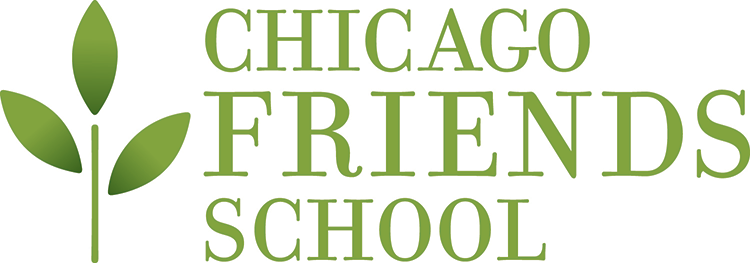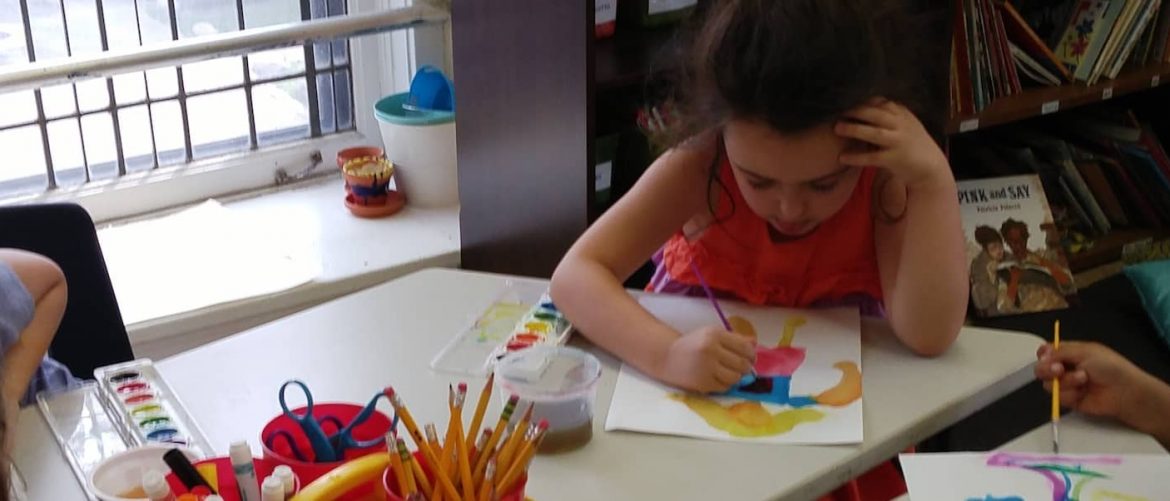Our social-emotional curriculum, Second Step, teaches students about a series of steps (using the acronym S.T.E.P.) for solving problems (whether they be interpersonal, personal, or group problems). I have found that, after explicitly teaching about each of the steps, using these steps with the class has been helpful in solving problems together. With enough practice and role play together, ultimately, the goal is for students to be able to apply these steps on their own.
Learning about each of the steps has been helpful to me, even as an adult. I realized that I already use much of the procedure – both in my personal life and with students – but I had never broken down the procedure into such discrete parts in order to teach them. By sharing the steps here, I am hoping that families can reinforce the process at home if they feel that it matches with the way you approach problem-solving already.
In our class, we used these steps to solve the problem of running out of paper for writing and drawing. Admittedly, as far as problems go, running out of paper is a somewhat minor one. I probably could have solved it quickly with some sort of mandate, but I took the opportunity to practice the problem-solving steps as a class, so I’ll describe the process using that example here.
Problem Solving, According to Second Step:
- S: State the problem, without blame. This step was actually quite hard for both the class and me. For our paper issue, the problem was, “The class keeps running out of paper for drawing and writing.” Phrasing it in this way, without blame, took a few tries. Many students started with, “So and so uses too much paper.” We worked together to rephrase the problem, without blame.
- T: Think of solutions that are safe and respectful. Students had many ideas for solutions, and automatically began applying the next step of exploring consequences of their solutions. I encouraged students to simply think of solutions, and I wrote them all down on the board. One student suggested that students only be allowed to use one piece of paper a day. Another suggested that students should bring paper in from home. Another said that the school should buy more paper. As long as the solutions were safe and respectful (i.e. “steal paper from the class next door” would not be), they were included in our list of possible solutions.
- E: Explore consequences. Think, “what could happen if…” This was a good opportunity to explain to students that the word “consequence” does not always imply something negative. The consequence of any solution we might choose would simply be the result of that action. Students seemed naturally able to explore the consequences of the various solutions, including their own. For example, students recognized that simply buying more paper may have a negative consequence on the environment and our school finances. They noticed that bringing paper from home could encourage students to be more thoughtful about paper use, but that maybe not everyone has paper at home to bring in.
- P: Pick the best solution. We narrowed down the list of solutions to one or two that seemed to have the best consequences. In the end, we decided as a class on a solution that combined more than one idea. We took the idea of bringing in more paper with the idea of using one sheet a day. We decided that students would each receive a 100-page notebook, and that notebook would have to last them 100 days. In this way, there was not necessarily a quota on paper, but students would have to use their paper wisely in order for their notebook to last 100 days. If they ran out of paper, they would have to figure out another way to find some.
All in all, this was a long process for a somewhat simple problem. However, working through each step helped solidify students’ understanding of what those steps involve. Hopefully, the next time they face a problem, they will be able to apply the steps again, with help from a teacher or friend, and eventually on their own.


Melanie Berlin
is a classroom teacher on the K-2 team. Before moving to Chicago, Melanie lived in Philadelphia and worked for five years as lead kindergarten teacher at Mastery Charter Mann Elementary School. Previous to that, Melanie lived in the San Francisco Bay Area and taught at an independent school in Oakland, California. Melanie has her B.A. in psychology with a minor in urban education from the University of Pennsylvania. She earned her teaching degree from San Francisco State University with a focus on social justice in education.
In her free time, Melanie loves playing ultimate Frisbee, drinking coffee, playing board games, and spending time with her husband and baby daughter.